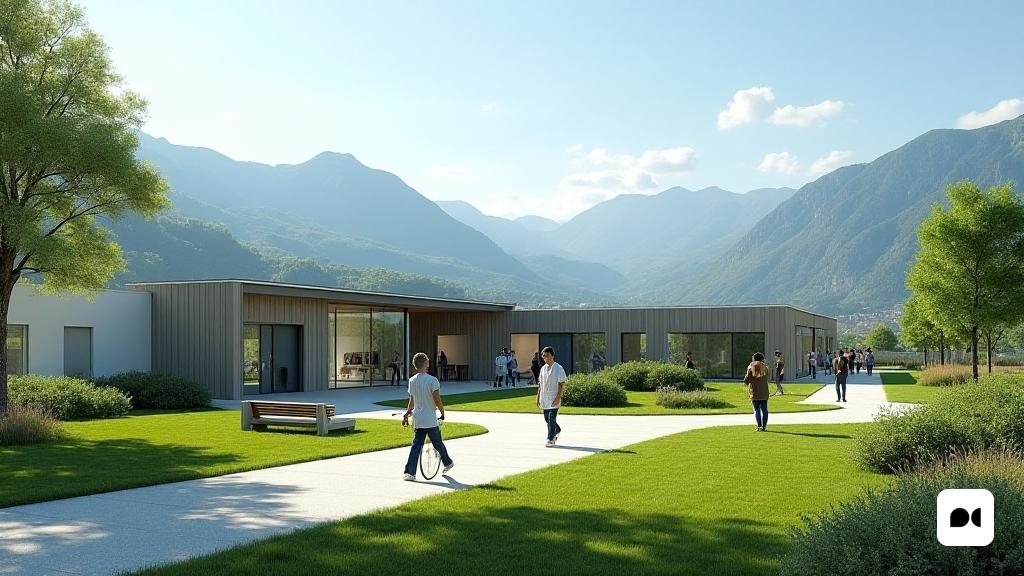Positive assessment of health in the Pyrenees
Residents of the Alt Pirineu and Aran Health Region have again emphasized the assessment of health services, reaching an average score of 8.06 in their satisfaction with primary care last year. This figure exceeds more than one point the Catalan average, which stands at 7.75. In addition, a majority overflow, 90.4% of respondents, express their intention to re -use the services of their health center.
Key aspects that contribute to satisfaction
Among the factors most appreciated by the users of the region, the cleaning of the Primary Care Center (CAP) stands out with a notable 96.9%. Other aspects that receive excellent assessments include the personal treatment of health professionals, with scores of 96.6% and 95% for nurses, respectively. Understanding the explanations provided, as well as the feeling of confidence in the hands of the professionals, are also highly valued, with scores above 94%.
A model of proximity and accessibility
Philip Benavent, manager of the Health Region, expresses his pride in the level of satisfaction achieved. It emphasizes that its service offer is accessible and personalized, with shorter waiting time compared to other regions. This proximity to attention translates to a positive experience for users.
The challenges of an extensive territory
Benavent acknowledges that maintaining this quality of care requires considerable effort, especially in an area with dispersed population. The region has 9 CAPs and 81 local clinics, as well as an extensive home care program, which allows professionals to approach citizens’ homes.
The PLAENSA: A Key Instrument
The Plan for Perception, Experience and User Satisfaction Surveys (PLENEENS) has been a fundamental tool since 2001 to evaluate the quality of public health services. This project allows us to collect valuable data that report on the needs of users and help define strategies to improve the quality of care.
The importance of satisfaction
The perception of user satisfaction is essential for health management. Measuring this satisfaction not only provides a vision of the acceptability of services, it also complements evaluations of efficiency and effectiveness, helping to build a health system more robust and adapted to the needs of the community.

